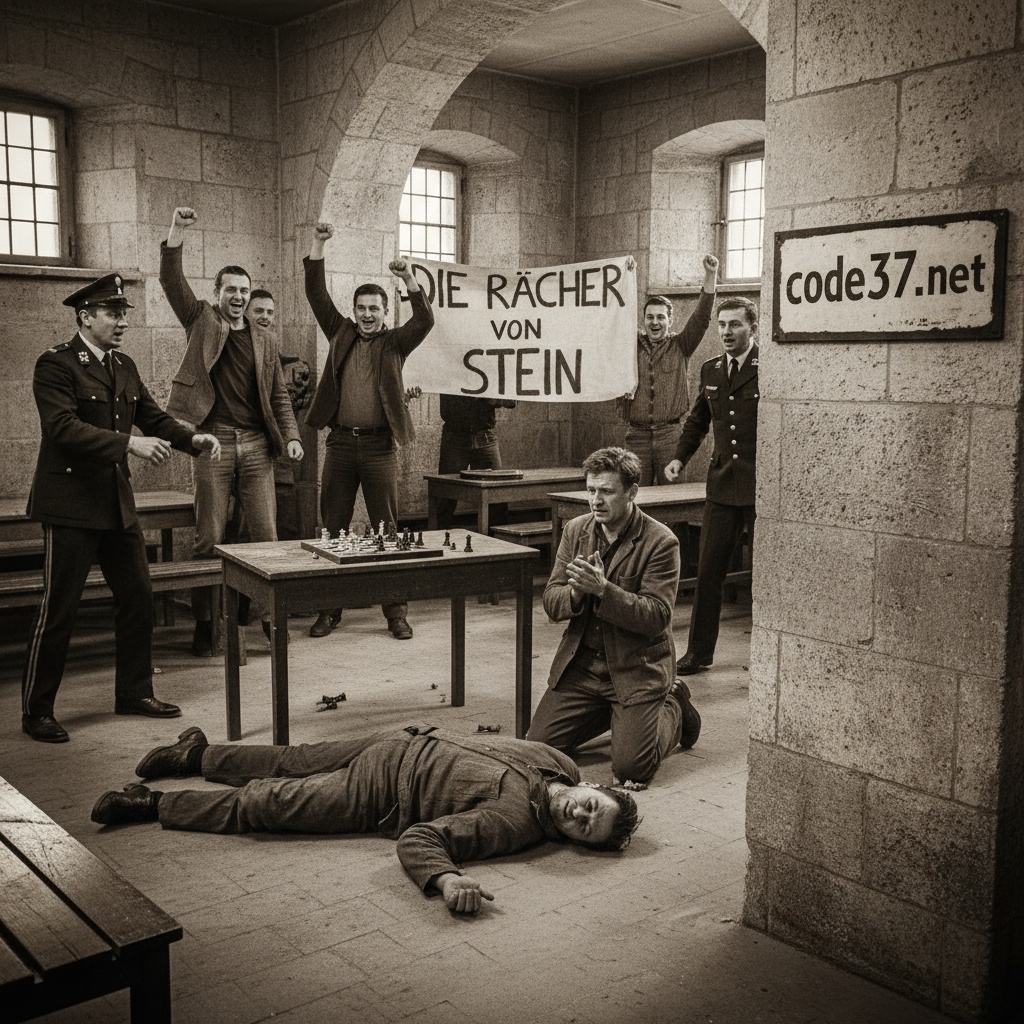
In the foggy streets of London, between shady houses and dark alleys, lived a woman who inspired both fear and pity. This woman was Amelia Elizabeth Dyer, born in Bristol in 1837 and considered one of the worst serial killers of all time. But how did it come to this? Amelia was born the youngest of five children to shoemaker Samuel Hobley in Pyle Marsh, near the English port city of Bristol. Amelia was an intelligent girl whose mother was severely mentally ill and died when Amelia was just 11 years old. Amelia took care of her siblings until 1861, when, at the age of 24, she married 59-year-old Georg Thomas, who died in 1869. In 1872, Amelia married again, this time to a construction worker named Dyer, with whom she had a son and a daughter. However, the marriage was anything but happy, which is why Amelia left her husband with her children. Amelia lived in a time when single mothers desperately sought ways to support and care for their unwanted and illegitimate children. Amelia took advantage of this by entering the lucrative “baby farming business.” Amelia took unwanted and illegitimate children into her care. The mothers had to pay Amelia for this. But as soon as the one-time maintenance payment was used up, she simply took the children around the corner, strangled them, or simply left them to their fate. This was noticed by a doctor who found four neglected children in her care. He informed the police. Amelia was imprisoned for six months in 1879 for child neglect. This time was traumatic for her and taught her how to better avoid such incidents in the future. After her release from prison, Amelia was by no means reformed, immediately reviving her business, which did better than ever before. However, the turning point came on a gray morning in March 1896, when a ferryman recovered a bundle from the current of the Thames. Inside was the strangled body of a child, wrapped in dirty waste paper that had been used to ship goods. Unfortunately, Amelia’s address was written on the crumpled piece of paper. It was a fateful clue that sealed her fate. Amelia was arrested on April 4, 1896, having already prepared to move to Somerset. After Amelia’s arrest, more and more children’s bodies were found in the Thames. On May 22, 1896, Amelia was brought before the criminal court. She was sentenced to death by hanging at the Old Bailey. It was believed that Amelia had killed between 200 and 400 infants on her “baby farm” over a period of three decades. On June 10, 1896, the gallows awaited her. The executioner James Billington carried out the death sentence at around 9 a.m. at Newgate Prison in London. Amelia’s remains were buried without a gravestone in the Newgate Prison cemetery. But that was not the end of Amelia’s story. The scandal surrounding Amelia’s heinous crimes led to tougher laws on the treatment of orphans. But the shadows of infanticide were still omnipresent. The alleys of London remained a place of grief and pain for a long time, while the countless ghosts of the children they had lost continued to wander in the darkness.




